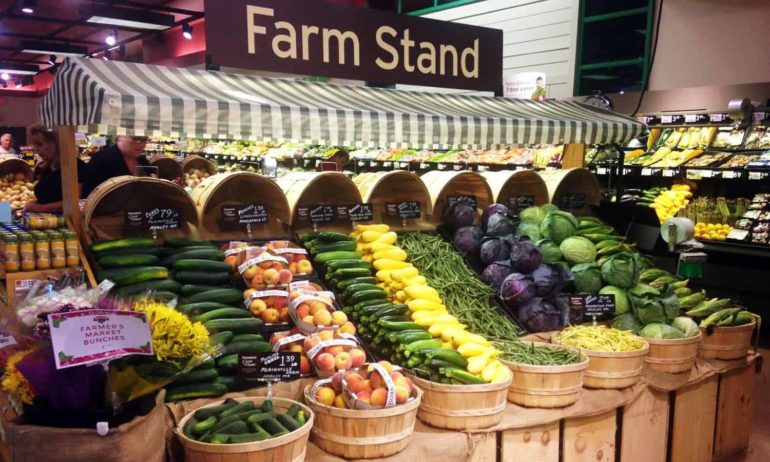How do you grow your local food economy? It may not require, as many imagine, building an entire distribution company or food processing facility.
A growing group of economic developers accomplishes it by finding and connecting risk-taking entrepreneurs who are ready and able to innovate.
One of these local food economy matchmakers is Todd Erling, executive director of the Hudson Valley Agribusiness Development Corporation (HVADC).
One match resulted, for example, in a new distribution network for farms in his upstate New York territory. Erling helped put it together by introducing two businesses with some complementary assets and opportunities.
One is Red Tomato, a local food venture that’s been sourcing and marketing fresh produce from farms across the Northeast for 19 years. The other is Ginsberg’s Foods, a century-old family business, and the last independent food distributor in upstate New York’s capital region.
The innovative twist in this pairing is that Ginsberg’s offers specialized food logistics without the typical distributor step of taking small farm products into inventory. That’s where overhead costs get prohibitive and farm-to-table customer service gets disjointed.
“We’ve been looking for this,” says Laura Edwards-Orr, Red Tomato’s executive director. Wholesale customers increasingly want to work directly with Red Tomato, not through a third party distributor. The Ginsberg’s partnership cuts overhead and puts Red Tomato back in the driver’s seat.
“Now we can say ‘Yes!’” to those customers,” she says.
Finding a distributor who would say “yes” was essential. That’s where locally owned and motivated Ginsberg’s Foods comes in.
“I grew up on a dairy farm and although I didn’t continue on that path I’ve always wanted to find a way to help those who have,” says Ginsberg’s Foods vice president John Brusie. “Being an independent distributor we can make decisions locally and do more of what we want.”
Read more HERE.













